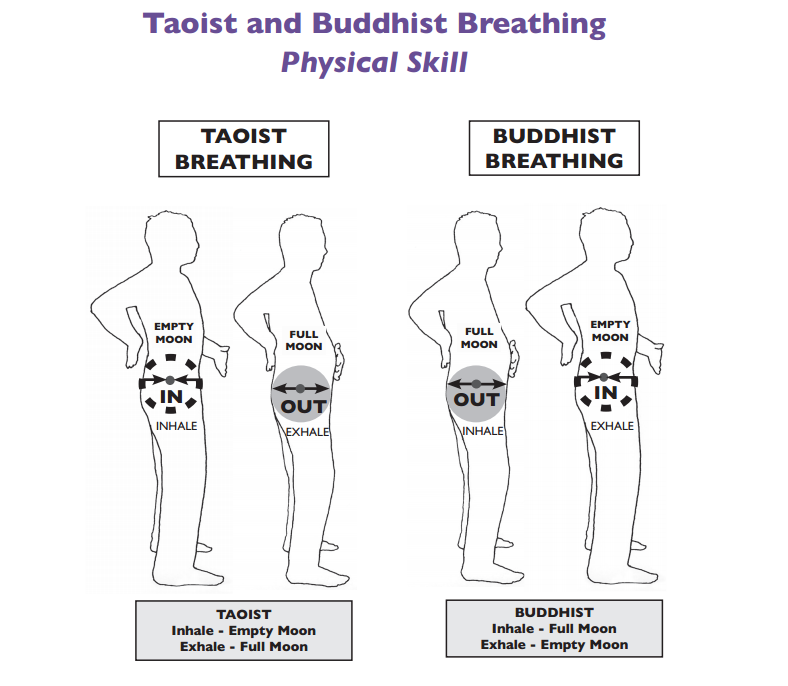The Upper Energy Center is located in the center of the brain, directly in (toward the nose) from the soft location on the back of the neck where it meets the skull (called the "Jade Pillow" in eastern tradition).
The Upper Energy Center is harder to visualize than the Third Eye, because it is deeper inside the head. The eye area tends to distract from this visualization because it is so often active. I suggest doing the Third Eye breathing exercise from last week's post to "cool" the eye energy first.
Once your are relaxed and have cooled the eye energy, then begin to focus on the Upper Energy Center, and visualize it just as you would the Lower Energy Center.
For some people, it is harder to begin by visualizing the Upper Energy Center. So, I suggest beginning with the Lower Energy Center, and once you have focused on that for a while, move up. The overall idea is to strengthen both to the point where you can visualize both simultaneously, and "echo" or "vibrate" energy between them.
As a quick reminder, make sure to maintain your "inner smile" when working on your energy center visualizations. There is a tendency to become too serious. Keep a happy sensation in your chest, and allow it to spread as you meditate.
Good luck!

